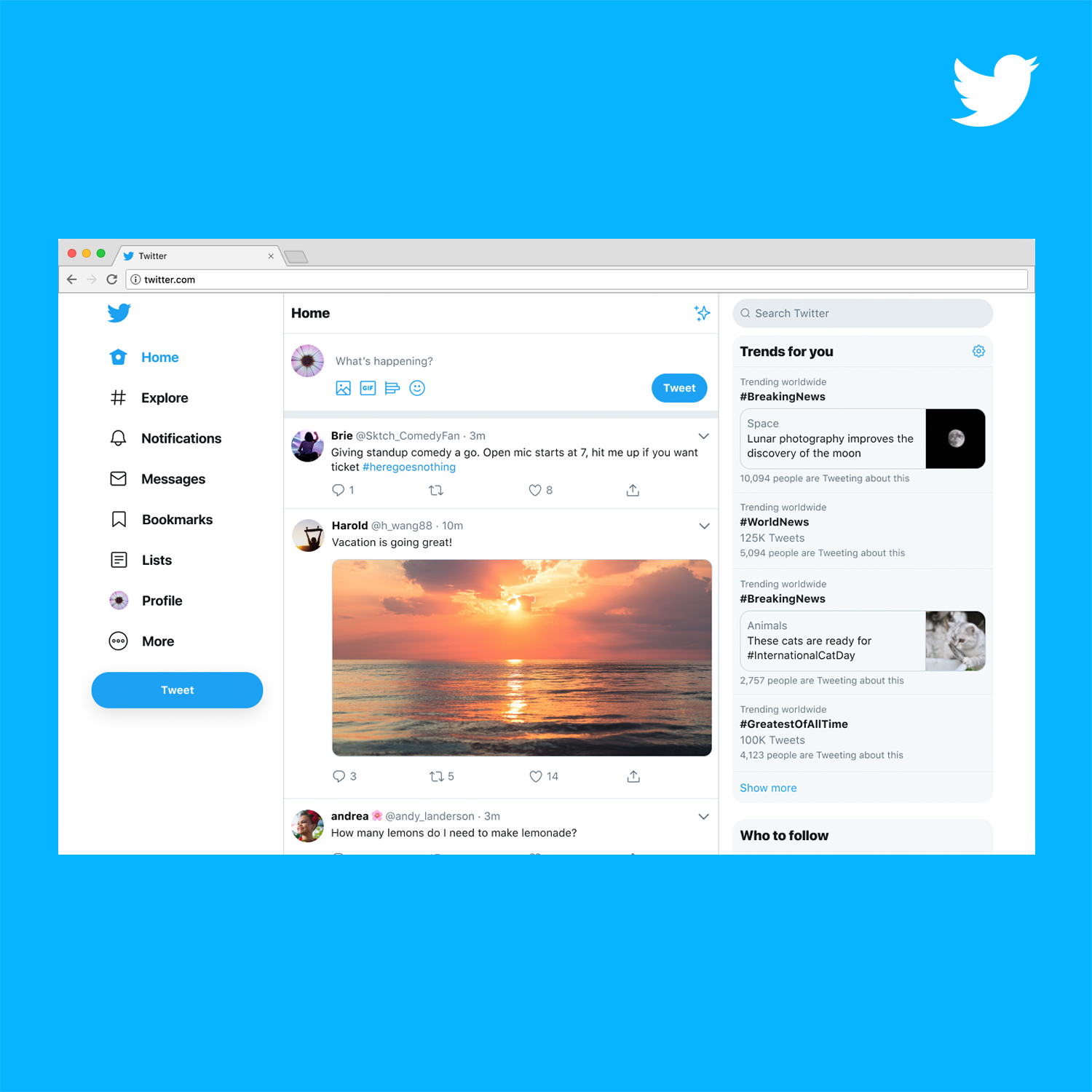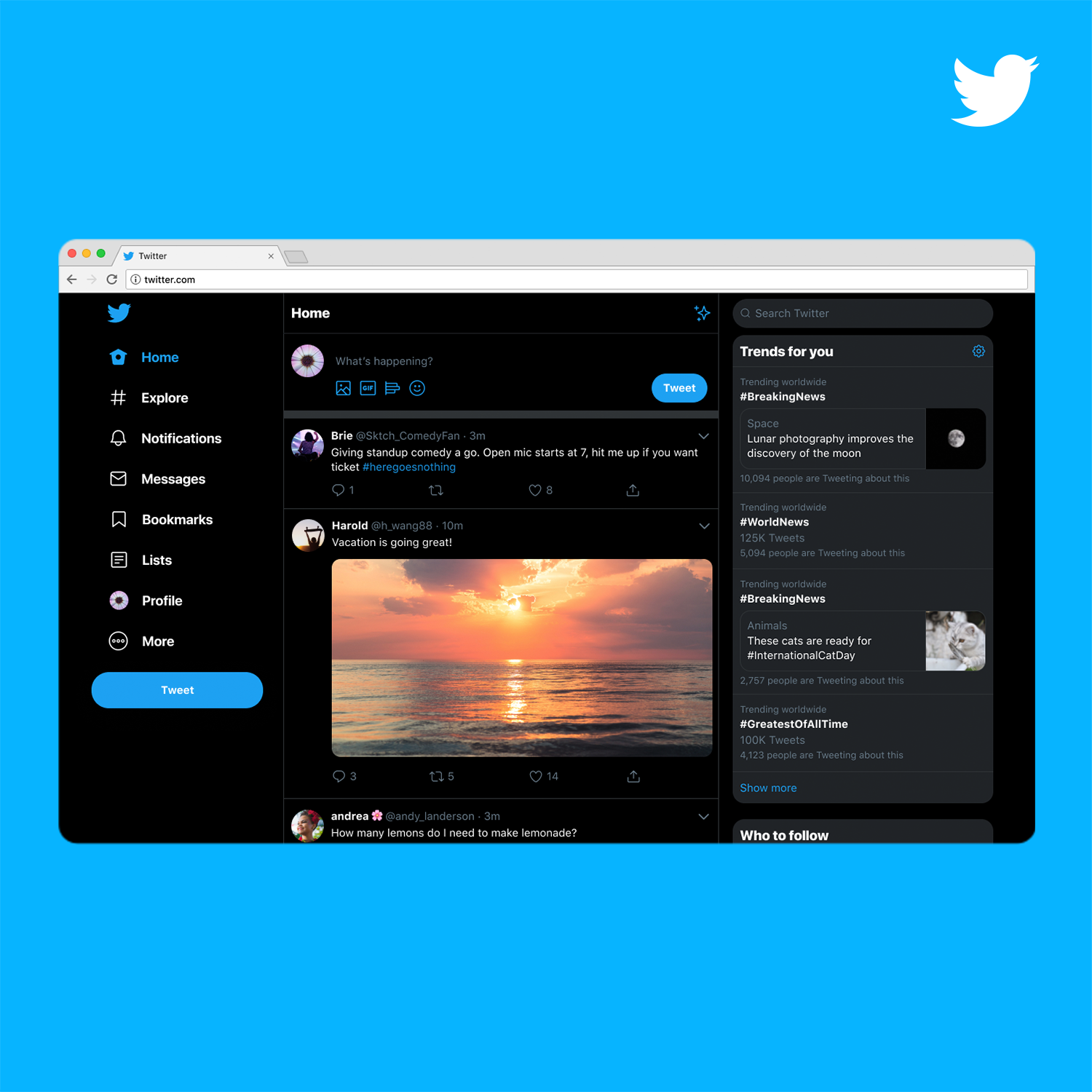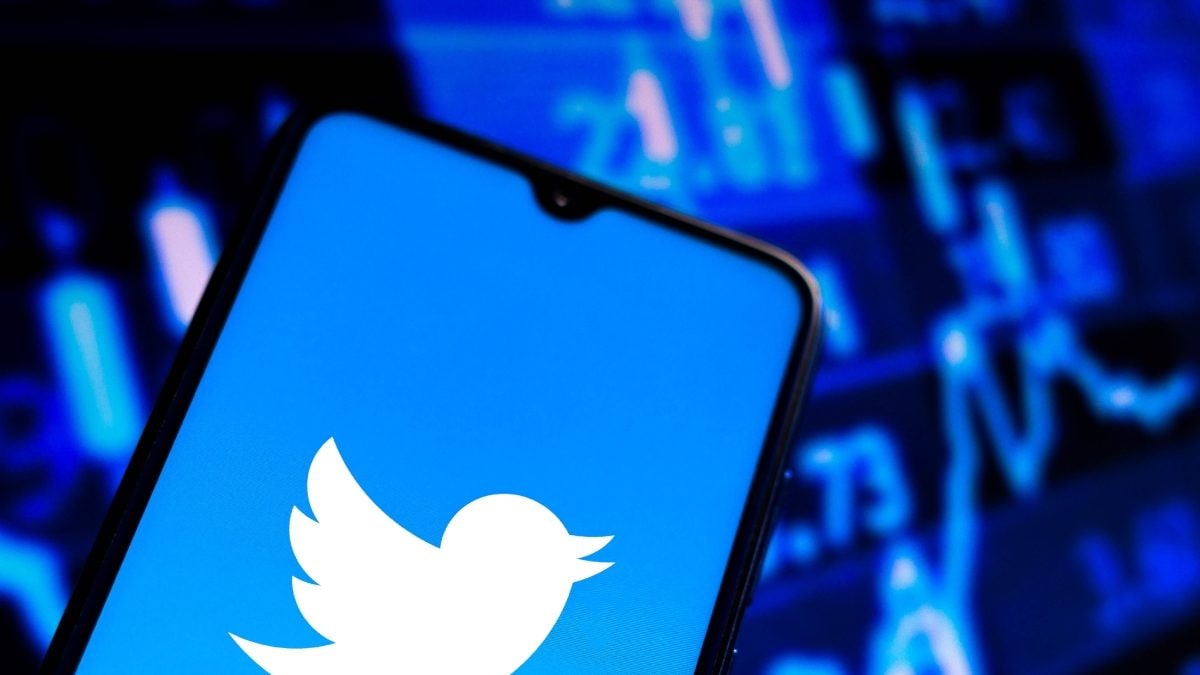AI-Generated Content
This article has been created using advanced AI technology to provide you with informative and engaging content.
AI-Curated Resources:
Having your online profile look its best can make a real difference in how people see you or what you share. Think of your main image at the top of your profile as a big welcome sign. It's the first thing many folks notice, and getting it just right helps your presence feel polished and inviting. Knowing the exact measurements for this picture helps ensure it fits perfectly, without any odd stretches or missing parts, so your message comes across clearly and effectively.
A well-chosen and correctly sized header image helps you put your best foot forward, so it's really important. This particular picture sits right at the top of your profile, almost like a banner, giving a visual hint about what you're all about or what you're sharing. If the picture isn't the right fit, it might appear blurry, stretched out, or even cut off, which can make your profile seem a little less put together. Getting these measurements sorted out means your profile can look sharp on all sorts of devices, from big computer screens to small phones, too it's almost.
Paying attention to these details helps create a good first impression, which, you know, matters quite a bit online. When your header image looks crisp and clean, it shows you care about how your profile appears to others. This little bit of effort can make your whole online space feel more welcoming and professional, encouraging people to spend a bit more time looking at what you have to say or share, that is that.
- How Tall Are The Tren Twins
- Jennifer Hudson Net Worth
- Matt Kaplan Net Worth
- Marcus King Wife
- Mrs Assassin
Table of Contents
- What Are the Right Measurements for Your Twitter Header Size?
- Why Do These Twitter Header Size Measurements Matter?
- How Does Your Profile Picture Affect Your Twitter Header Size?
- Choosing the Best Picture for Your Twitter Header Size
- The Look of Your Twitter Header Size Across Devices
- Getting Your Twitter Header Size Ready for Upload
- Common Mistakes to Avoid with Your Twitter Header Size
- Making Your Twitter Header Size Stand Out
What Are the Right Measurements for Your Twitter Header Size?
When you're thinking about setting up your profile's big top image, the main thing to remember is a couple of specific measurements. The ideal size for this picture is 1500 pixels wide by 500 pixels tall, which is pretty exact. This particular set of numbers helps make sure your image looks its best when people visit your profile. It's like having the perfect frame for a picture, allowing it to display without any awkward stretching or squishing, you know. This ratio, 3 units wide for every 1 unit tall, is pretty standard for this kind of banner, too it's almost.
These measurements are not just random numbers; they are chosen to make your profile image appear clear and sharp on a variety of screens. Whether someone is looking at your profile on a large desktop monitor or a smaller phone screen, these dimensions help keep things looking tidy. If your image is much smaller than this, it might look fuzzy when it's stretched to fit the space. If it's too big, parts of it could be cut off, which means people might miss some of what you want to show, that is that.
It's also worth noting that while 1500 pixels wide by 500 pixels tall is the suggested size, there's also a limit on how big the file itself can be. Your header picture should not be larger than 5 megabytes in file size. This helps with how quickly your profile loads for visitors. A picture that is too large can slow things down, and nobody really likes waiting for things to load, do they? So, getting the measurements right and keeping the file size reasonable are both pretty important steps, very, very.
- Lil Tecca Net Worth
- Linda Ronstadt Children
- Madeline Argy Age
- Anthony Anderson Net Worth
- Timothy Hawking
Why Do These Twitter Header Size Measurements Matter?
The specific measurements for your header picture are quite important because they directly affect how your profile looks to others. Think of it this way: if you try to put a square picture into a rectangular frame, some parts will either be missing or the picture will be distorted. The same idea applies here. When your image is exactly 1500 pixels wide and 500 pixels tall, it fits the designated space just right, ensuring everything you want to show is visible and clear, in a way.
Using the correct measurements also helps your profile maintain a professional and put-together appearance. An image that is too small might appear pixelated or blurry when stretched to fill the space. On the other hand, an image that is too large could be automatically shrunk or cropped, potentially cutting off important elements like text or faces that you meant to include. This attention to detail can make your profile feel much more polished, and that, in turn, can leave a better impression on anyone who visits, so.
Beyond just looking good, having the right size can also impact how quickly your profile loads. While the size of the image in pixels affects how it displays, the file size in megabytes affects load times. Keeping your header picture within the suggested limits, typically under 5 megabytes, means that visitors won't have to wait a long time for your profile to fully appear. This is a small but meaningful detail that contributes to a smoother experience for everyone checking out your page, in some respects.
How Does Your Profile Picture Affect Your Twitter Header Size?
One thing many people don't think about right away when choosing their header picture is how their smaller profile picture fits into the whole scene. Your main profile image, the round one that represents you, actually sits on top of a part of your header picture, usually in the bottom left corner. This means that a section of your header image will be covered up by your profile picture, more or less.
Because of this overlap, you really need to consider where you place important parts of your header design. If you have text, a logo, or a key part of an image in the bottom left area of your header, it will likely be hidden by your profile picture. It's almost like having a small window cut out of your big picture. So, when you're picking or making your header, it's a good idea to leave that specific corner relatively empty or to put something there that you don't mind being partially obscured, nearly.
Some folks find it helpful to imagine a circle in the bottom left when they're designing their header. This way, they can arrange their visuals to work around that space, ensuring that nothing vital gets lost behind their profile picture. It's a small detail, but paying attention to it can make a big difference in how complete and professional your overall profile looks. Getting this right helps your profile look its best, almost.
Choosing the Best Picture for Your Twitter Header Size
Picking the right picture for your header is about more than just finding something you like; it's about finding something that works well with the given measurements. Since the header is quite wide and not very tall, images with a broad landscape or panoramic feel often work best. Pictures with a lot of detail packed into a small vertical space might not translate as well, simply because much of that detail could be lost when the image is resized or cropped to fit, virtually.
You'll also want to think about the quality of the image you're using. A picture that is already clear and sharp at its original size will look much better when it's adjusted to fit the header space. Using a low-resolution image, one that's a bit fuzzy to begin with, will only make it look worse when it's stretched out. So, aim for pictures that have good clarity and crispness from the start, apparently.
The type of file you use matters too. Common picture formats like JPG, GIF, or PNG are usually fine. JPGs are great for photos with lots of colors, while PNGs are good if you need a transparent background or sharp lines. GIFs can be used, but animated GIFs are not typically supported for header images, so it's usually just for static pictures. Choosing the right file type can help your image look its best while keeping the file size manageable, seemingly.
The Look of Your Twitter Header Size Across Devices
It's interesting how your header picture can appear slightly different depending on what device someone is using to view your profile. While the ideal measurements are set, how a browser or app displays that image can vary a little. For example, parts of your header might be cropped slightly on the top and bottom, sometimes by around 60 pixels, depending on the screen size and how the platform adjusts the view, just a little.
This potential cropping means that if you have very important information or design elements right at the very top or bottom edge of your header, they might not always be fully visible. It's a good idea to keep your most important visual elements or any text you want everyone to see closer to the center of your header image. This way, no matter how the image is displayed on different screens, your core message or visual remains intact and easily seen, arguably.
Testing your header on a few different devices, like a desktop computer, a tablet, and a smartphone, can give you a better idea of how it actually looks to others. This little check can help you make sure that your header picture is effective across the board, providing a consistent and good-looking presence for your profile, could be.
Getting Your Twitter Header Size Ready for Upload
Before you upload your chosen picture, it's a good idea to make sure it's the right size. Most photo editing tools, even simple ones, will let you resize images to specific pixel dimensions. You'll want to set your picture to 1500 pixels wide and 500 pixels tall. If your original picture has different proportions, you might need to crop it to fit this 3:1 aspect ratio, might be.
When you're cropping, try to pick a section of your picture that looks good within those wide, short dimensions. Sometimes, you might have to sacrifice a bit of the top or bottom of your original image to make it fit correctly. The goal is to get a clear, appealing image that fills the header space without any awkward empty areas or stretching, tends to be.
Also, remember that 5-megabyte file size limit. If your picture is too large after resizing, you might need to compress it a little. Many image editing programs have an option to save images at a lower quality or smaller file size, which can help bring it under the limit without making it look too bad. Getting these things sorted out beforehand means a smoother upload process and a better-looking profile in the end, typically.
Common Mistakes to Avoid with Your Twitter Header Size
When people set up their header pictures, a few common slip-ups can make the image look less than ideal. One big one is using a picture that's too small. If your original image is, say, only 800 pixels wide, and it gets stretched to fill a 1500-pixel space, it will appear blurry and pixelated. It's like trying to blow up a small drawing; the lines just aren't as crisp, usually.
Another frequent mistake is forgetting about that overlapping profile picture. People often put important text or a key part of their image right where the profile picture sits, and then it gets hidden. This can be a bit frustrating if you've put effort into a design, only to find a crucial part of it isn't visible. So, always keep that bottom-left corner in mind when you're planning your visuals, often.
Also, sometimes people upload pictures that are too large in terms of file size. While the pixel dimensions might be correct, a file that's many megabytes big can make your profile load slowly for visitors. This isn't just an annoyance; it can make people click away before they even see your content. So, checking both the pixel measurements and the file size before you upload is a really good habit to get into, sometimes.
Making Your Twitter Header Size Stand Out
Once you've got the measurements down, you can really start thinking about what kind of picture will make your profile pop. The header is a big visual space, a sort of canvas for your online presence. You can use it to show off your personality, highlight what you do, or simply create an inviting atmosphere for anyone who stops by. It's a chance to make a strong visual statement, actually.
Consider using colors that reflect your brand or personal style. A consistent color scheme across your profile, including your header, can make your whole online space feel more cohesive and professional. Also, think about the overall mood you want to convey. Is it fun and playful, serious and informative, or something else entirely? Your header picture can help set that tone right away, anyway.
Some people choose to put a simple background with a clear message or their name on it. Others use a striking photograph that represents their interests or work. The key is to choose something that resonates with who you are or what your profile is about, and that looks good within those specific 1500x500 pixel measurements. When it's done well, your header picture can be a very effective way to make your profile memorable, as a matter of fact.
AI-Enhanced Visual Content


